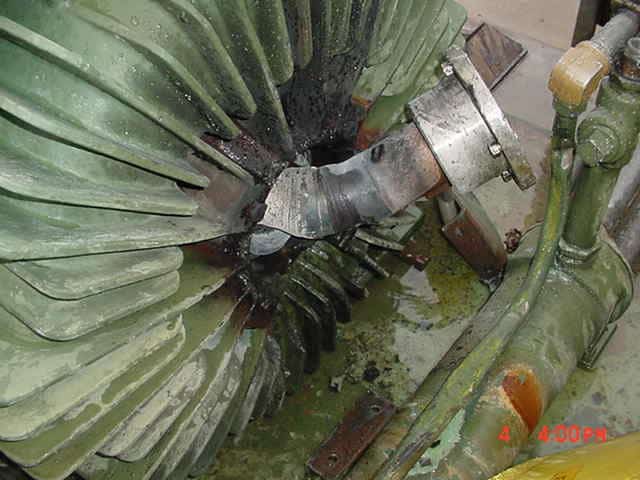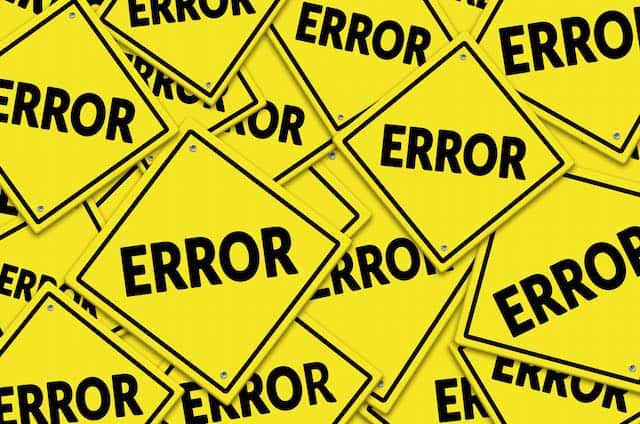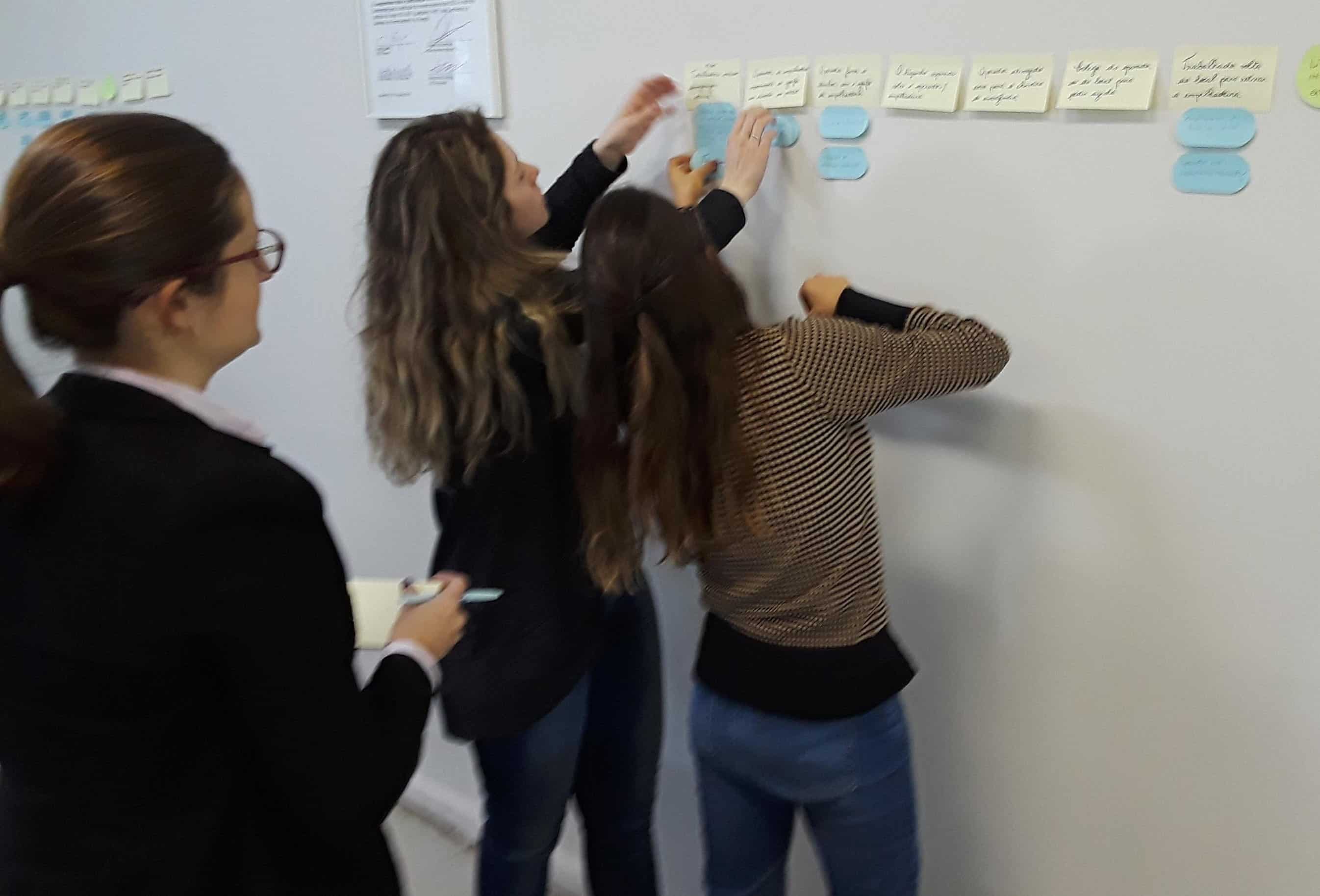What Does Senior Management Need to Know About Root Cause Analysis to Keep Your Company Out of Trouble?

Root Cause Knowledge for Senior Managers
What does a Plant Manager, a Vice President, or a COO need to know about root cause analysis to be an effective leader? Quite a lot because learning from experience to achieve world-class performance should be part of their set of tools for creating a truly effective company.
The opposite way to look at it is that you would NOT want a senior manager who:
- Could not recognize a root cause.
- Thought that 5-Whys was an effective problem-solving tool.
- Reacted with knee-jerk reactions whenever something went wrong.
- Punished people for system-caused errors.
- Used “gut feel” instead of performance data to steer the company.
What are the basics that they should be familiar with? That’s what we teach in our TapRooT® Executive Leadership’s Role in Root Cause Analysis Workshop that we can customize for your leadership.
Read on for some ideas of the topics that we can include in the workshop.
How to Perform an Advanced Root Cause Analysis

Managers should have learned advanced root cause analysis as a basic part of their management training. But advanced root cause analysis isn’t part of an MBA program. And many companies still think that 5-Whys is an OK root cause tool. Therefore, many managers don’t learn advanced root cause analysis (TapRooT®).
What problems does this lack of knowledge cause?
First, they don’t know what a proper root cause analysis looks like. Therefore, they will accept substandard root cause analysis. That results in problems not being fixed and repeat incidents.
You might think this poor root cause analysis would be immediately apparent because incidents repeat. But senior managers only get presentations about the worst accidents. And the worst accidents are rare. Therefore as they observe things, major accidents don’t repeat frequently. Thus, managers don’t get feedback about the poor root cause analysis. Instead, they see each accident as a completely new set of failures.
When substandard root cause analysis is allowed, smaller problems don’t get fixed until major accidents happen. Instead of seeing the major accidents as a failure of previous root cause analysis, senior management sees the major accidents as an anomaly. If the accident is bad enough, senior managers are fired, and they don’t get a chance to learn. In either case, the root cause analysis system remains weak.
What senior management should be asking is why the major accidents weren’t prevented by investigations of precursor incidents. Of course, the answer to this question is that the precursor incidents weren’t investigated well. They didn’t get a thorough root cause analysis with an effective system like TapRooT® that would recommend effective fixes.
But is it OK if senior management lets investigators use TapRooT® Root Cause Analysis, but senior management doesn’t understand what the investigators are doing? No.
Why? Because sooner or later, senior managers would be transferred somewhere and decide that a technique they heard about (like Lean) was the next greatest thing. And that tool uses … Fishbone Diagrams. So, they need to get their folks to use Fishbone Diagrams. This would cause their root cause analysis to gradually go downhill as the TapRooT® Users moved along, and their investigations gradually became worse with less effective fixes as the new investigators applied fishbone diagrams.
If you don’t understand this process of slipping back into ineffective root cause analysis, it could be that you don’t know what advanced root cause analysis does for you.
How to Review and Approve a Root Cause Analysis

Senior managers seldom perform a root cause analysis. They will frequently review root cause analyses performed by others, often either approving them or approving the resources needed to implement corrective actions.
What is the difference between performing a root cause analysis and approving one?
Think of it as the difference between being an artist and an art critic.
To perform a good review, you need to ask the right questions to see if the investigator asked the right questions, thoroughly understood what happened, identified all the Causal Factors, found their root causes and Generic Causes, and developed effective fixes.
The development of corrective actions is often an exercise in risk management.
- Were weak or strong corrective actions (Safeguards) used?
- Could (or should) the Hazard or Target have been removed?
- How much residual risk is management willing to live with?
- Is the selection of corrective actions a conservative management decision?
Often, investigators will try to please senior management by developing the cheapest fixes possible. But senior management may want to remove certain risks that are a threat to the company’s franchise or their continued employment. Sometimes it is wise for management to choose the more expensive, thorough corrective actions that eliminate the risk of a similar future accident rather than just applying a band-aid. (The former CEO of Boeing may see the wisdom in this after the fiasco involving the 737 Max.)
Thus, senior management must understand not only root cause analysis but also the big picture of risk management when approving corrective actions.
How to Trend Root Cause Analysis Data
Senior managers should understand that just like financial data, safety and quality data should be used to manage the company. But many (if not most) senior managers don’t understand the advanced trending techniques needed to analyze infrequently occurring safety statistics. These statistics can’t be analyzed like financial statistics. They need to be analyzed using time-between process behavior charts and instantaneous rate process behavior charts (see the book, Performance Measures and Trending for Safety, Quality, and Business Management, and CLICK HERE to purchase it).
Learn more about these trending techniques at these links:
If you want to learn more, you can read the book or have a course about trending at your site. For an on-site course, contact us by CLICKING HERE.
What Causes Human Error
A senior manager (VP or COO) should be the sponsor of your efforts to improve human performance.
Poor human performance (human error) is probably the most expensive waste that your corporation faces. TapRooT® Users at a single site saved millions of dollars each year by implementing some simple fixes to stop human errors.
To make TapRooT® RCA even MORE effective for improving human performance, we have developed a special course:
Stopping Human Error
Find out more about how this course can help you and your senior management by CLICKING HERE.
When you learn the techniques in this course, you will want your senior management to know how Stopping Human Error can help them meet their improvement goals.
The Keys to an Effective Performance Improvement Program

We work with companies all around the world to develop “Roadmaps to Success.” And we’ve discovered that senior management finds the roadmap very valuable.
What is a Roadmap to Success? It’s a visual plan based on your company’s needs to help you achieve your senior management’s objectives.
How much does developing this plan cost? Nothing. We do it for free for our clients.
If you are a TapRooT® Client, CONTACT US to get started on your roadmap. Or attend the 2024 Global TapRooT® ® Summit (coming up on May1-3 at the Horseshoe Bay Resort near Austin, Texas) to develop one for yourself.
And to really get things started, bring your management team to the 2024 Global TapRooT® ® Summit. Will they appreciate the experience? See this link and judge for yourself…
https://www.taproot.com/bring-your-managers-to-the-summit/
If you are thinking about using TapRooT® to improve performance, CONTACT US and we will help you see how TapRooT® Root Cause Analysis and a Roadmap to Success can help you achieve your corporate goals.
How to React and Save Their Jobs if a Real Crisis Occurs

At System Improvements, we like to see our clients win awards for improved performance. We believe that TapRooT® Users will find and fix the root causes of major accidents BEFORE they happen. How? By analyzing Precursor Incidents and effectively fixing their root causes by applying TapRooT® Root Cause Analysis.
But what happens if you don’t get far enough ahead fast enough and a major accident happens? You have to be prepared.
Senior management must be part of the solution rather than being seen as part of the problem.
When you are seen as part of the problem, the Corporate Board will lose faith in your leadership. Then you will be out.
Where have you seen this before?
The BP Texas City Refinery explosion. The whole corporate chain of command from the Refinery Manager to the CEO was gone in two years.
The BP Deepwater Horizon accident. Tony Hayworth was eventually seen as part of the problem and the board said “Good-Bye.”
And of course, the 737 Max accidents and the firing of Boeing’s CEO.
It’s best to be proactive and stop these kinds of accidents. But at a minimum, senior management should be seen as effectively reactive after the accident occurs.
Keep Your Company Out of Trouble
Bring to your company the knowledge needed to stay out of trouble. Here is how to get the process started…
- Get a TapRooT® Executive Leadership’s Role in Root Cause Analysis Course scheduled for your executive team. This can be an on-site course or a virtual course. CONTACT US to get a quote and set the dates.
- Have your best investigators attend the 5-Day TapRooT® Advanced Root Cause Analysis Team Leader Course.
- Schedule on-site 2-Day TapRooT® Root Cause Analysis Courses to train the folks who will participate in investigations. CLICK HERE to let us know you are ready to schedule courses at your site.
- Get a program started to Stop Human Error.
- Send a performance improvement team and your management team to the Global TapRooT® Summit.
- Work with us to develop a Roadmap to Success for your company.
That’s a good start. One of our TapRooT® Implementation Advisors will be glad to work with you to customize your plan and make sure that you get ahead of the curve and avoid surprises.

Call us at 865-539-2139.




